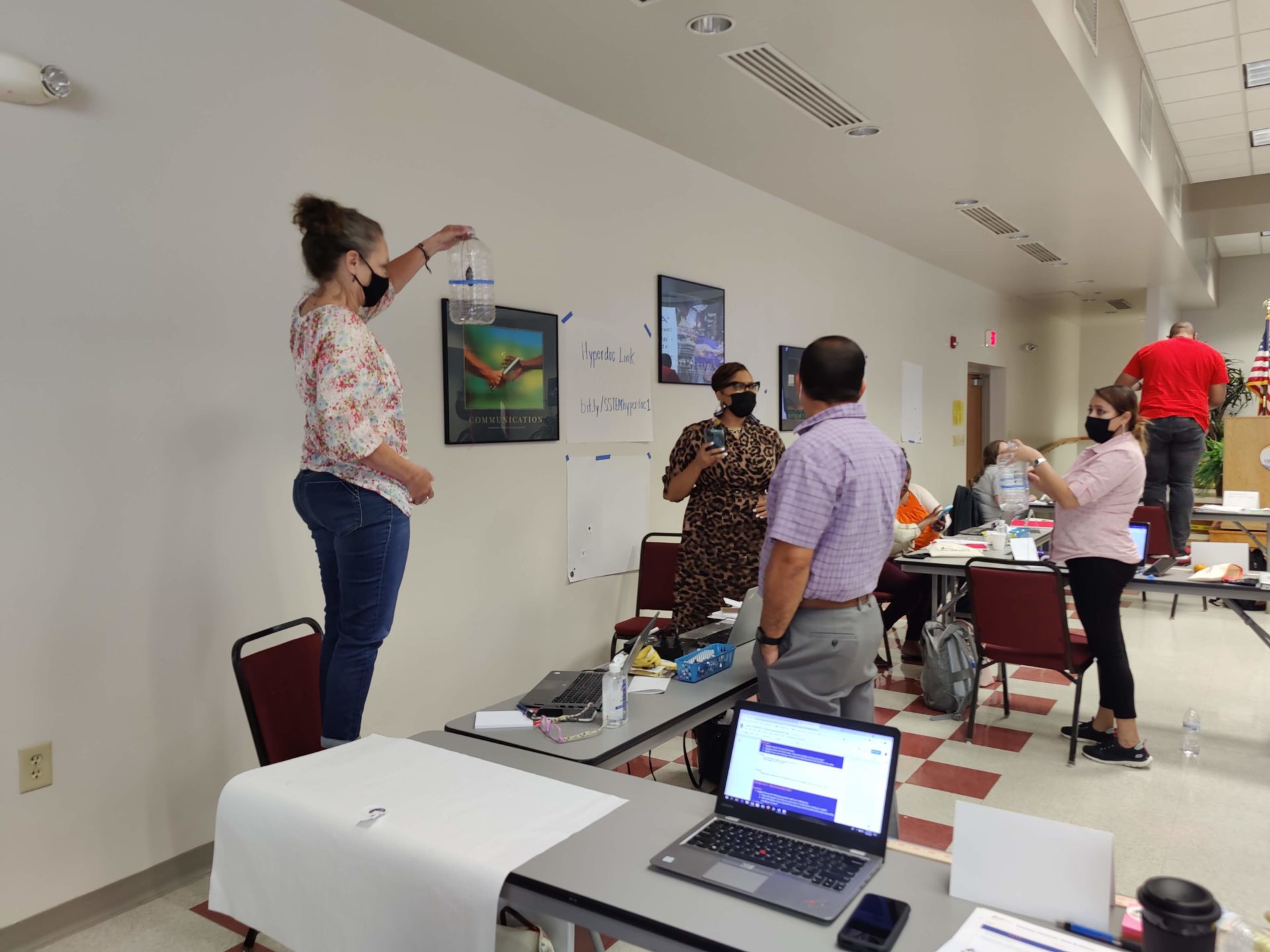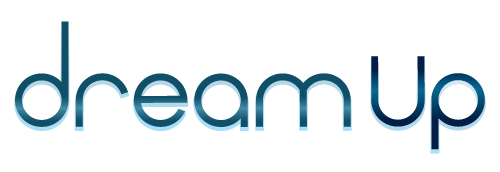During the week of July 26, DreamUp’s Lauren Milord and Alison Waterman supported the STARward STEM Summer Institute at Cumberland County Schools in Fayetteville, North Carolina. Led by the RTI Center for Education Services and funded by DoD STEM, the STARward STEM program focuses on building STEM skills through transdisciplinary project-based learning (PBL), a teaching method in which students learn from hands-on projects that incorporate knowledge and skills from multiple disciplines.

DreamUp space experiments will form an important part of this project-based learning initiative, and over the next two years, more than 4,600 students and 300 educators in Cumberland County will participate in an annual space experiment design challenge. Each year, three finalist teams will be selected to send Nanoracks Mixstix experiments to the International Space Station. The Summer Institute was designed to prepare the first cohort of educators for the program.
The training began with an introduction to space science concepts, including the microgravity environment on the Space Station. Educators used activities like Astronaut in a Bottle to visualize how microgravity affects astronauts. These activities debunked common myths about space, such as the misconception that the Space Station floats because there is no gravity acting on it. In reality, astronauts float on the Space Station because they are falling around the Earth at the same rate as the Space Station, producing the sensation of weightlessness.

Lauren and Alison then delivered a presentation introducing educators to the Nanoracks Mixstix hardware. The teachers received a mock (non-flight-qualified) Mixstix kit, along with instructions to brainstorm their own experiment ideas. After brainstorming, the teachers prepared short video pitches to share their ideas with the group. In this way, teachers took on the role of a student, an experience that will help them guide their students through the upcoming STARward STEM design challenge.

Past DreamUp students from iLEAD Schools also participated in a Q&A panel to share their successes and challenges during the space experiment process. After listening to the student panel, elementary school teacher Courtney Jones commented, “This is so wonderful! These kids are so excited that it’s making me excited. My nerves are being soothed… my heart is calmed.” The Q&A panel helped to demystify the space research process, which can sometimes seem overwhelming to educators who are new to space science.

As the program continues, educators will have opportunities to connect with STEM experts and program partners who will support the learning process over the coming months. One of these experts is Dr. Jacob Cohen, Chief Scientist at NASA Ames Research Center, who addressed the group at the Summer Institute. His talk emphasized the value of space for scientific research, and he encouraged the educators to foster an attitude of curiosity and wonder when exploring science with their students. When asked why we explore space, he commented, “Disruptive events lead to new insights and opportunities.” In other words, the unique environment of space improves our understanding of basic concepts in science because it is an environment where materials behave differently than on Earth.

Reflecting on the Summer Institute as a whole, Lauren said, “It was so rewarding to see the teachers connect the dots as they learned more about the unique environment of space and how to make space science experiments impactful for their students. I’m looking forward to the first STARward STEM design challenge this school year.” For DreamUp, the STARward STEM Summer Institute was a key milestone in an ongoing effort to develop comprehensive curriculum materials and resources for teachers involved in the space experiment process.
The enthusiasm for the program is best summed up by elementary school teacher Lori Bartlett, who says, “Wow! Just thinking about the possibility of sending our experiment to space is beyond out of this world!”
For more information about how DreamUp enables student research in space, contact us at info@dreamup.org.
By Alison Waterman, Project Specialist at DreamUp

This is fantastic! I did NASA ‘Spinoffs’ technology commercialization research as part of the RTI NASA Technology Applications Team (TATeam) back in the 1980s– 90s timeframe. There are still RTI TATeam members at RTI today. They are a great repository of NASA knowledge for the new CCS Starward initiative.